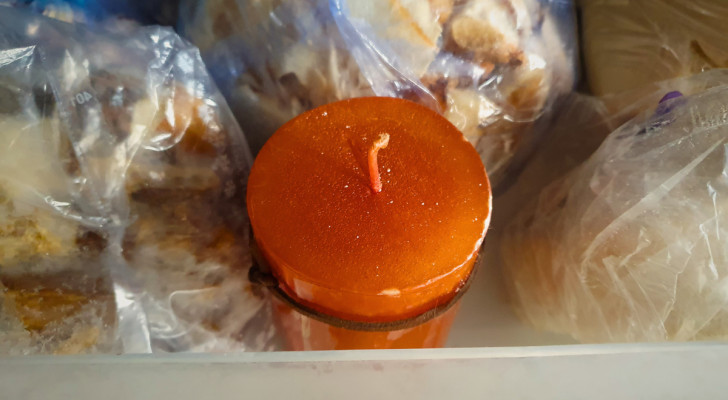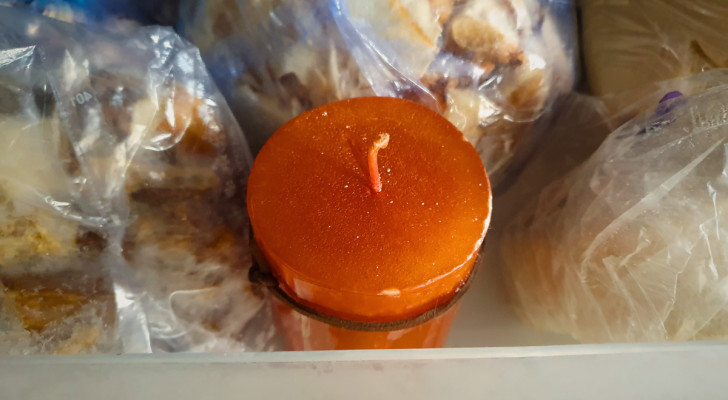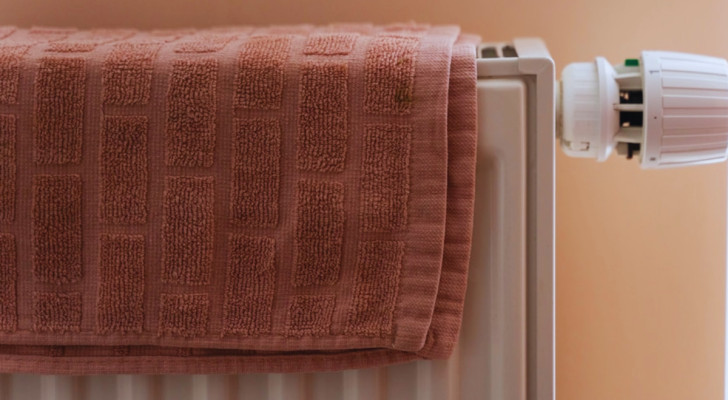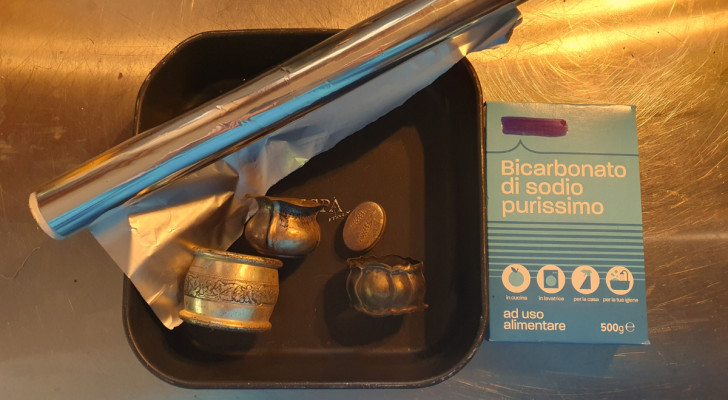The popular tip to make candles last for longer: does freezing them really work?

Let's say you want to use lots of candles to decorate for a special occasion, but don't want them to burn out before the event is over. How can this be done? One of the most popular tips recommended online is to freeze the candles before use. But does this tip really work?
Freeze candles before using them

Pxhere
Freezing candles before use is not exactly a quantifiable "science": there is no known formula to follow that determines for how long candles (of varying sizes) should be frozen.
Generally, freezing candles for least 6 or 8 hours is recommended. But then, there are those who freeze their candles for 24 hours (or more). For all cases, candles can be lit as soon as they are taken out of the freezer.
Why would this freezing tip work (at least, in theory)? The reason given is that frozen candles will burn more slowly and evenly, consuming less wax but still providing the requisite amount of light.
But does this method really work?

Creativo
Most people that have tested this candle-freezing method say "yes": most practioners report getting at least 1 extra hour of use from their candles, while some others have stated they have got up to an extra 5 hours of use from their frozen candles (when compared to their identical, non-frozen, test control candles).
However, opinions are not unanimous: some trying this method, report that freezing candles can cause them to crack. With long, thin candles (ie. traditional candles, so to speak), it is very likely that once you take them out of the freezer, you will find them cracked (or that they will break when you handle them or light them). And then there are several videos online showing that frozen candles burn at the same rate as their non-frozen counterparts.
Tips to make candles last longer
Freezing candles notwithstanding, there are other tips you can follow to make candles burn efficiently and for longer:
- Keep candles clean: devoid of dust, hair and other surface debris, the flame produced by the wick of a candle will consume the wax evenly and more slowly;
- Avoid short burn-times: if you put out a candle after only a few minutes, a "pit" will form around the wick. When relit, this pit will cause uneven burning. In fact, it seems that wax that has been melted, then solidified, tends to burn quicker when the candle is relit;
- Allow the candle to cool down completely before relighting it: when cool (and not moved), the molten wax will resolidify evenly around the wick.
- Trim the wick: when the candle has cooled down, you must remove the burnt part from the top of the wick with a clean, precise cut. This trimming will ensure the candle burns evenly, and will make it last longer! So, if you notice that the wick of a new candle is frayed, trim it before use.
And remember, you can always use left-over wax to make your own candles!





